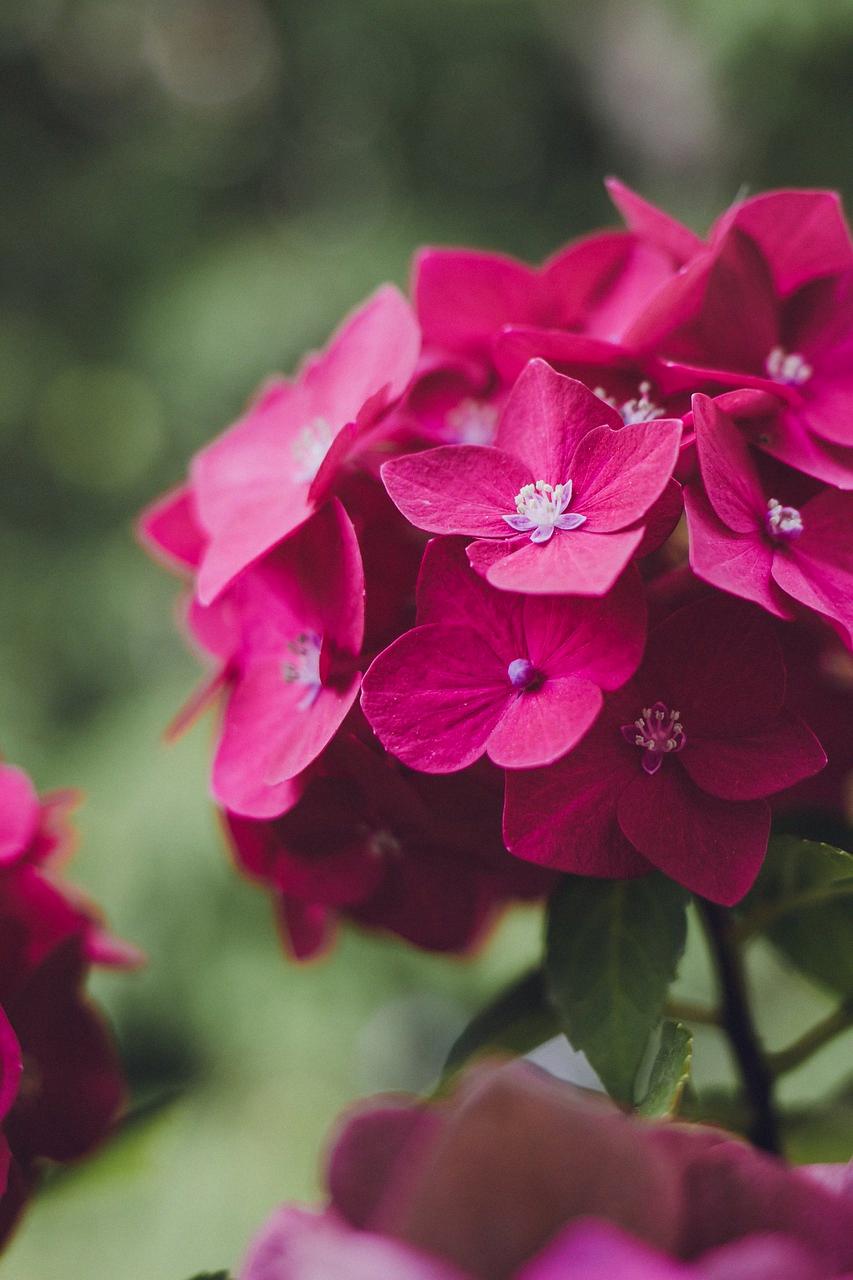When it comes to the question of why your hydrangea is not blooming as abundantly as before, there are several factors to consider. One significant aspect is the environmental conditions in which your hydrangeas are growing. Factors such as extreme heat, drought, or excessive sun exposure can all play a role in diminishing the number of flowers your shrubs produce.
Impact of Environmental Conditions
The health and blooming capability of your hydrangeas are greatly influenced by the environmental conditions they are subjected to. Hydrangeas generally thrive in well-drained soil with consistent moisture levels. If they are exposed to extreme heat or drought, their blooming cycle may be affected, leading to fewer flowers.
Pruning Practices
Another crucial factor to consider is the pruning schedule of your hydrangea plants. Improper pruning can lead to the removal of flower buds, resulting in reduced blooming. It is essential to follow the specific pruning guidelines for the type of hydrangea you have to ensure optimal blooming in the following season.
Hydrangea Variety
The type of hydrangea you are growing can also impact its blooming behavior. Different hydrangea varieties have varying blooming habits and preferences for sunlight. Understanding the specific requirements of your hydrangea species can help you create an environment that promotes abundant blooming.
Soil pH Levels
The pH level of the soil in which your hydrangeas are planted can significantly influence their blooming capacity. Hydrangeas show different flower colors based on the acidity or alkalinity of the soil. Ensuring the appropriate pH level for your hydrangea type can enhance their blooming potential.
Overfertilization Concerns
While fertilization is crucial for the overall health of your hydrangeas, overfertilization can have adverse effects on their blooming. Excessive use of fertilizers rich in nitrogen may promote lush foliage growth at the expense of flower production. It is essential to strike a balance in your fertilization routine to support blooming.
Root System Health
The health and vitality of the root system of your hydrangeas play a vital role in their blooming performance. Compromised root systems due to factors like waterlogging, compacted soil, or root diseases can hinder the plant’s ability to uptake nutrients and water, ultimately affecting blooming.
Seasonal Blooming Patterns
Understanding the seasonal blooming patterns of your specific hydrangea variety is essential for managing blooming expectations. Some hydrangeas bloom on old wood, meaning they set flower buds in the previous growing season, while others bloom on new wood, producing buds in the current season. Knowing the blooming habits of your hydrangeas can help troubleshoot blooming issues.
Pest and Disease Management
Pests and diseases can also impact the blooming capacity of your hydrangeas. Insect infestations or fungal infections can weaken the plant, leading to stunted growth and reduced flowering. Implementing effective pest and disease management strategies can help maintain plant health and promote blooming.
Proper Watering Techniques
Watering practices play a significant role in the blooming of hydrangeas. Inconsistent watering, either too much or too little, can stress the plant and affect its ability to produce flowers. Establishing a regular watering schedule and ensuring proper drainage can support healthy blooming.
Age of the Plant
The age of your hydrangea plant can also impact its blooming behavior. Younger plants may take some time to establish their root systems and reach optimal blooming capacity. Patience is key when it comes to younger hydrangea shrubs, as they may require a few seasons to exhibit full blooming potential.
Growth Encouragement
To encourage blooming in your hydrangeas, it is essential to create a supportive environment that meets their specific needs. By addressing factors such as environmental conditions, pruning practices, soil pH levels, and proper care, you can enhance the blooming potential of your hydrangea shrubs and enjoy a vibrant display of flowers in the growing season.

